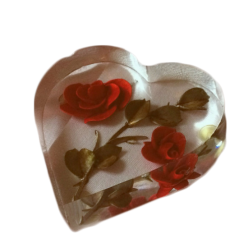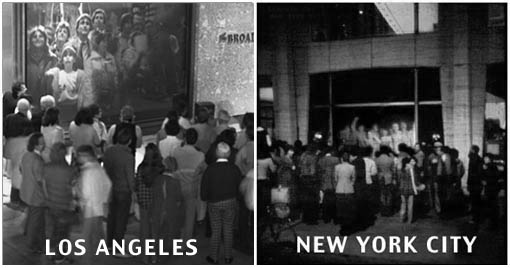Telematic embrace is honestly my favourite micro-project so far. It was actually the highlight of my day. I feel that it is an interesting way to actually understand better, the concept of a third space which is the integration of the first space (local/remote space) and second space. The whole class was tasked to enter “Adobe Connect” and switch on our webcams. While seated on our individual seats, we were able to see one another live through our little camera screens collected in the application despite not being in view of every one of us in real life itself. As seen in the picture above, we did different movements together at a time to create a beautiful image as such. The coolest thing about this experiment to me is the fact that we were all in a first and third space together, at the exact same time and this is the art of social practice. It depicts the quality of communication which enables us to carry out synchronous acts. In order for it to work, negotiation is key. Participants would have to know how to compromise and cooperate. How wonderful it is to make possible, the witnessing of the juxtaposition of two spaces. Here is another screenshot of us showing pink items that we own:








